“The Third of May 1808” is an oil painting on canvas by Francisco Goya. It measures 2.66 by 3.45 meters. The Regency Council of Madrid commissioned the work in 1814, following Napoleon’s occupation of Spain. The council ruled the country until Ferdinando VII returned to the throne. Although the painting pays tribute to Spaniards’ heroism in fighting the invaders, Goya was driven to paint it for far less noble reasons. He wanted to ingratiate himself with the king and secure a prestigious position at court. Goya had already made a series of etchings in 1810 denouncing the atrocities of war. “The Third of May 1808” was created for the same purpose. The painting documents the execution of hundreds of Spanish patriots by Napoleon’s troops, somewhere near Madrid.
The firing squad is on the right hand side of the painting. We see the soldiers from behind, as a single indistinct, emotionless mass.
A large cubical lantern rests on the ground and illuminates the condemned at the foot of a hill. One individual stands out from the group. He is kneeling with his arms outstretched, in a gesture that expresses at once terror, challenge and resignation. His brightly lit white shirt and yellow trousers draw our attention to him. On his right, a monk is saying a prayer. On his left, a few steps back, a large group of men wait to be executed. One of them covers his face with his hands in terror. On the ground a man’s body lies in the mud and blood. His face is disfigured. The black evening sky overhead and the distant silhouette of the city of Madrid complete the scene.
Although based on fact, the painting is not executed realistically. Goya used broad brushstrokes and heavy color, aiming for expression rather than detail. “The Third of May 1808” is very distant from traditional neoclassical patriotic rhetoric, in which heroes show no sign of doubt or faltering. Goya wanted to represent the fear that inevitably overwhelms men when faced with death, even when they have chosen to fight for their country’s freedom. Ferdinando VII didn’t approve of how the painting represented common citizens as heroes, and abandoned it in a warehouse. In 1951 Pablo Picasso paid tribute to Goya, taking inspiration from “The Third of May 1808” for his painting “Massacre in Korea.” “The Third of May 1808” is currently on display at the Prado Museum in Madrid.
The firing squad is on the right hand side of the painting. We see the soldiers from behind, as a single indistinct, emotionless mass.
A large cubical lantern rests on the ground and illuminates the condemned at the foot of a hill. One individual stands out from the group. He is kneeling with his arms outstretched, in a gesture that expresses at once terror, challenge and resignation. His brightly lit white shirt and yellow trousers draw our attention to him. On his right, a monk is saying a prayer. On his left, a few steps back, a large group of men wait to be executed. One of them covers his face with his hands in terror. On the ground a man’s body lies in the mud and blood. His face is disfigured. The black evening sky overhead and the distant silhouette of the city of Madrid complete the scene.
Although based on fact, the painting is not executed realistically. Goya used broad brushstrokes and heavy color, aiming for expression rather than detail. “The Third of May 1808” is very distant from traditional neoclassical patriotic rhetoric, in which heroes show no sign of doubt or faltering. Goya wanted to represent the fear that inevitably overwhelms men when faced with death, even when they have chosen to fight for their country’s freedom. Ferdinando VII didn’t approve of how the painting represented common citizens as heroes, and abandoned it in a warehouse. In 1951 Pablo Picasso paid tribute to Goya, taking inspiration from “The Third of May 1808” for his painting “Massacre in Korea.” “The Third of May 1808” is currently on display at the Prado Museum in Madrid.
RELATED
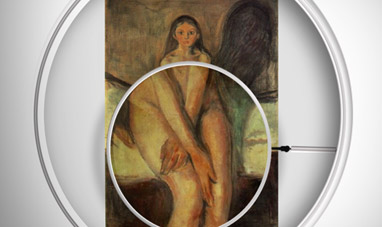

PUBERTY
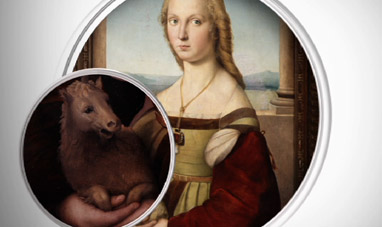

YOUNG WOMAN WITH UNICORN
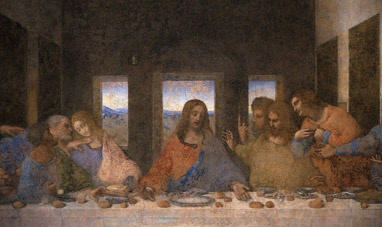

THE LAST SUPPER


ROMANTICISM


THE CRUCIFIX OF SANTA MARIA NOVELLA
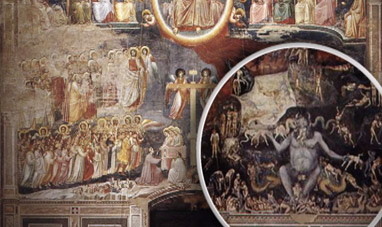

SCROVEGNI CHAPEL
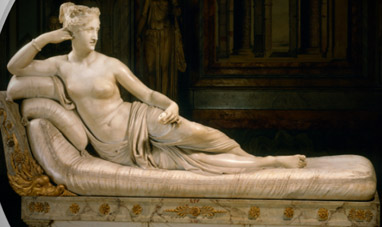

PAULINE BORGHESE


DAVID (MICHELANGELO)
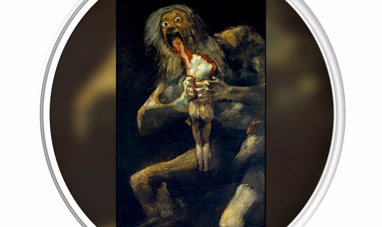

SATURN DEVOURING HIS SON
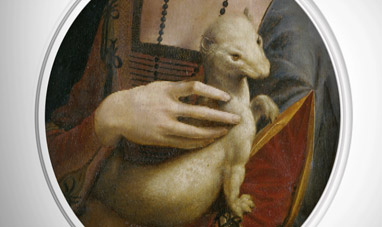

LADY WITH AN ERMINE
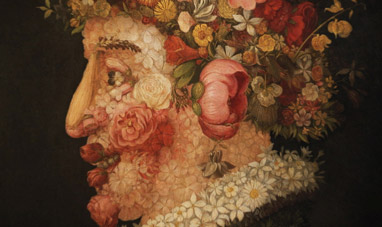

MANNERISM
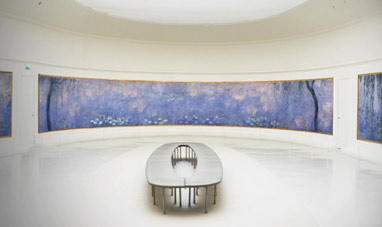

WATER LILIES (SERIES)
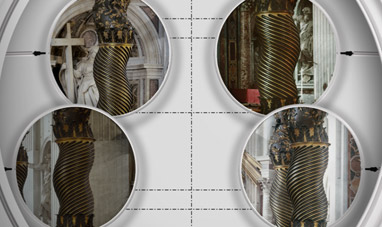

ST. PETER'S BALDACHIN
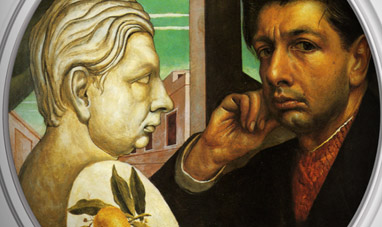

SELF PORTRAIT (GIORGIO DE CHIRICO)
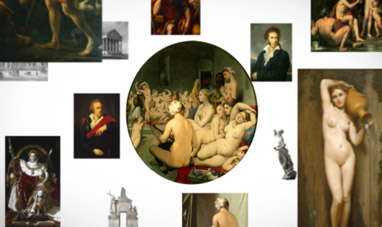

NEOCLASSICISM


YOUNG BOY WITH A BASKET FRUIT
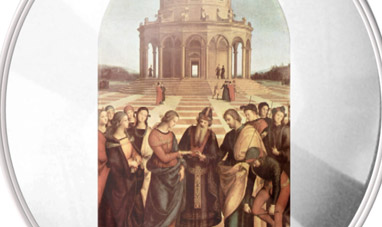

THE MARRIAGE OF THE VIRGIN
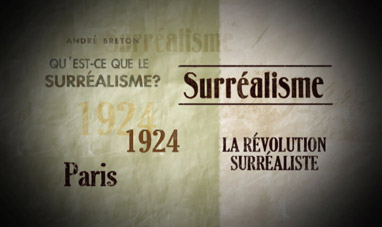

SURREALISM
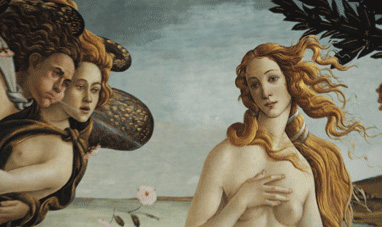

THE RENAISSANCE
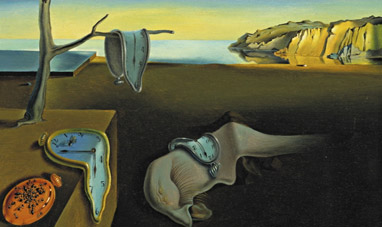

THE PERSISTENCE OF MEMORY
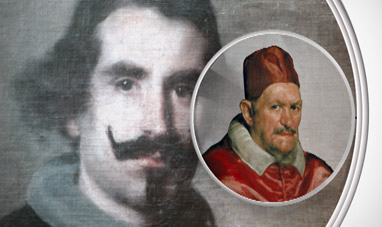

INNOCENT X
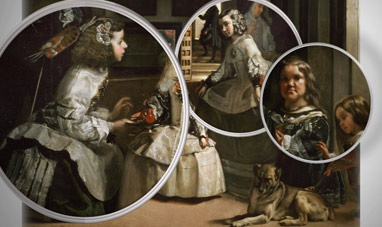

LAS MENINAS
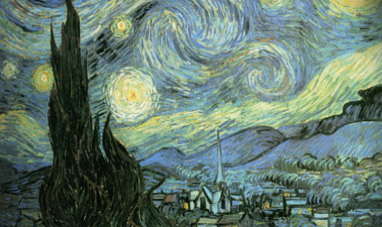

STARRY NIGHT
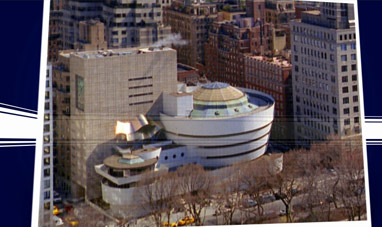

SOLOMON R. GUGGENHEIM MUSEUM


DREAM CAUSED BY THE FLIGHT OF A BEE AROUND A...


GIOTTO-S-FRESCOES-IN-THE-ASSISI-CATHEDRAL
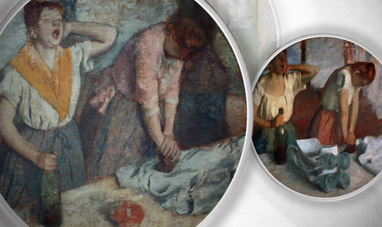

WOMEN IRONING
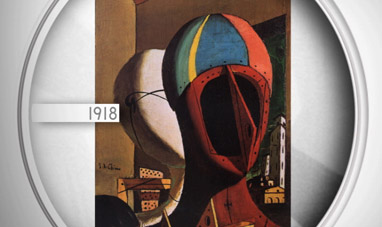

DISQUIETING MUSES
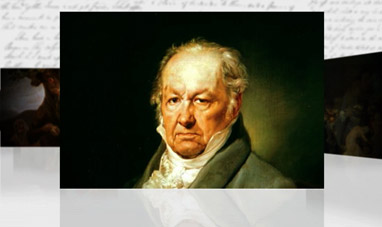

FRANCISCO GOYA
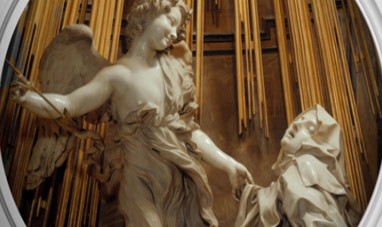

THE ECSTASY OF SAINT TERESA
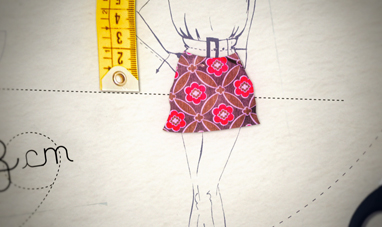

MINISKIRT


MADONNA OF THE GOLDFINCH
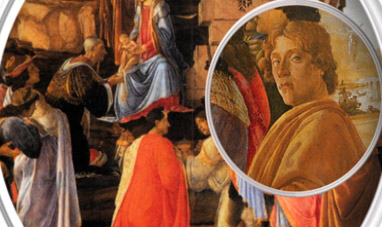

THE ADORATION OF THE MAGI
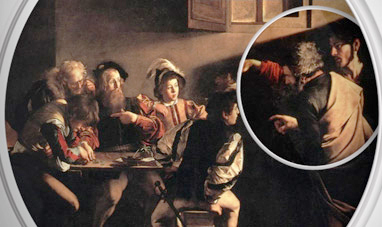

THE CALLING OF ST. MATTHEW
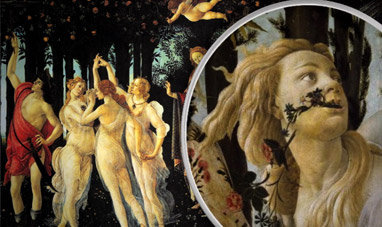

PRIMAVERA


THE SISTINE CHAPEL
